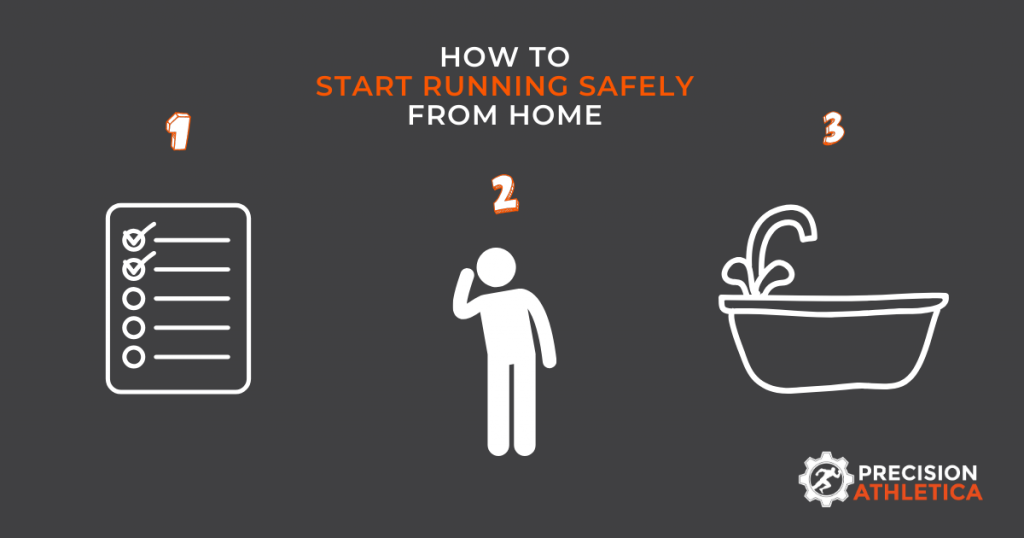Imposed self-isolation has changed societies normal routines, from work, to spending weekends socialising with friends, and especially in how we get exercise.
As a result, many of us are using this time to set new goals in order to help us stay motivated whilst at home.
Under the current health guidelines, outdoor exercise is one of the very few activities which allows us to leave our homes, and as a result many of us have adopted the “new year resolution” mentality to start running.
But, for people who do not exercise on a regular basis, the sudden transition to running may be a recipe for overtraining and injury, so with that in mind, here are some pointers on how to start running safely from home.

